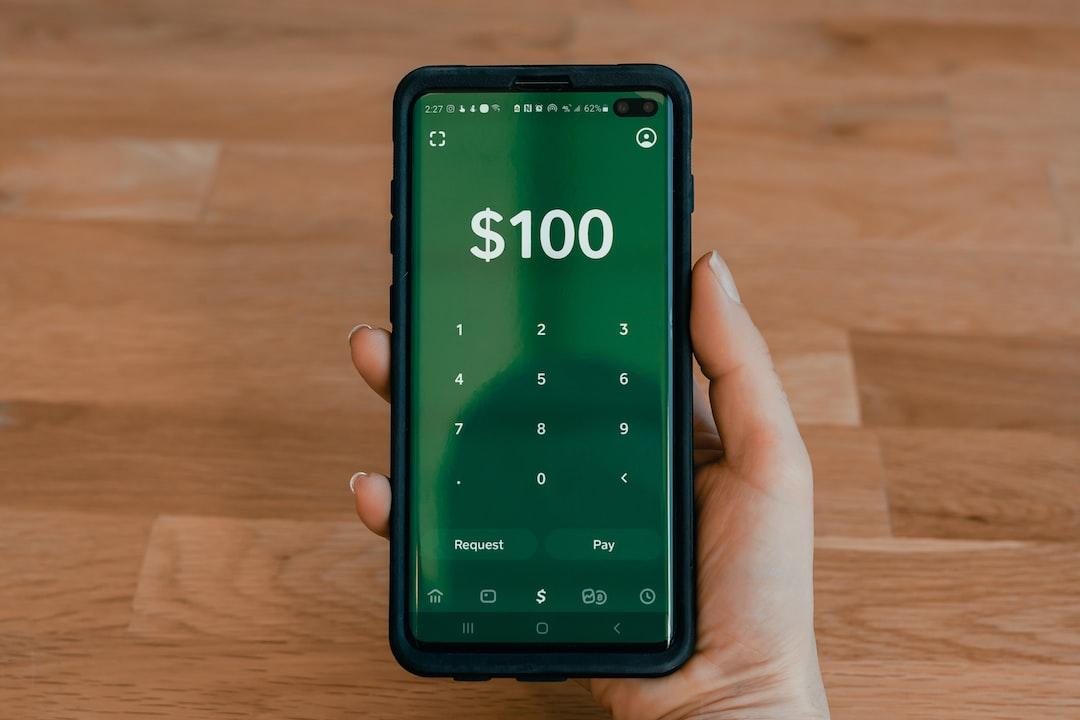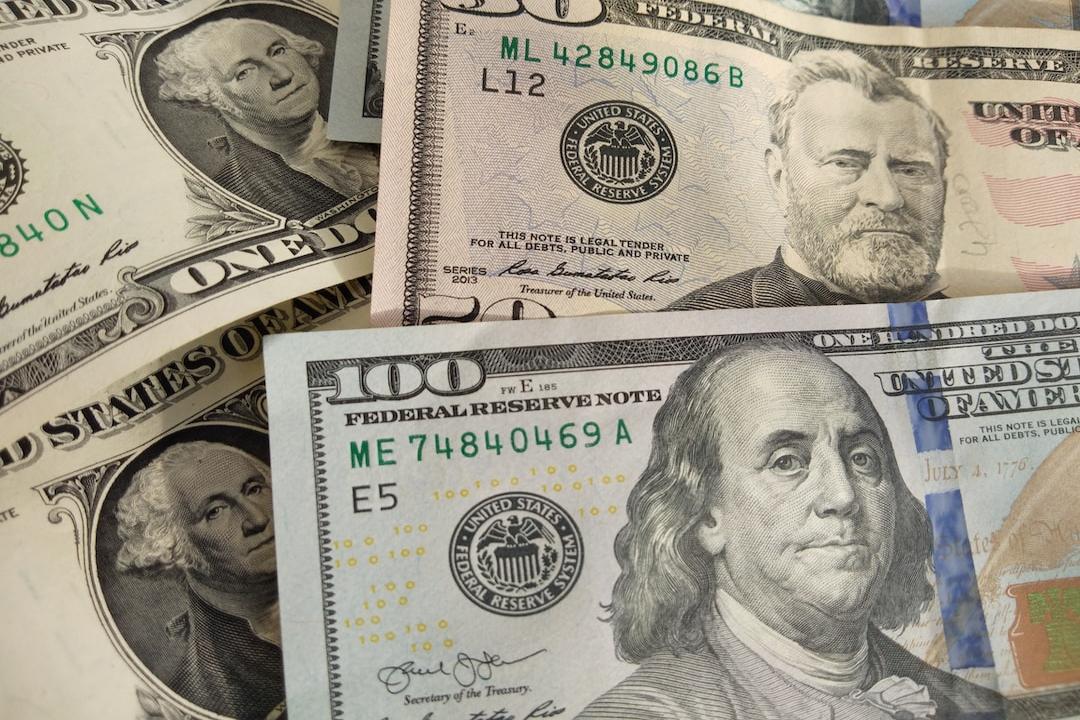Due to the Federal Reserve’s decision this morning to keep interest rates unchanged and maintain a dovish stance, U.S. stocks and Bitcoin have surged. BitMEX founder Arthur Hayes analyzed that Bitcoin may have bottomed out at $77,000, but the stock market may still have room for decline to compel the Fed to implement more accommodative policies.
(Background: Bitcoin surpasses $87,000. Fed’s Powell: Slowing down balance sheet reduction starting April, expects two rate cuts this year, interest rates unchanged… A quick overview of five key points)
(Context: Fed spokesperson: Powell’s dovish stance boosts the market, but the Fed faces tariff challenges and still has the risk of stagflation)
The Federal Reserve (Fed) decided this morning to maintain interest rates at 4.25%-4.5%, keeping the expectation of two rate cuts in 2025, and announced it would slow down balance sheet reduction starting in April, reducing the monthly redemption cap for U.S. Treasury bonds from $25 billion to $5 billion, while the cap for agency bonds and mortgage-backed securities remains unchanged at $35 billion. This marks the first slowdown in quantitative tightening (QT) since June of last year.
As the Fed kept interest rates unchanged and leaned towards a dovish stance, U.S. stocks rallied sharply, and Bitcoin also saw significant gains, reaching a high of $87,446 today, a new high since March 7, and has risen over 13% from the low point of $77,000 on March 11.
Bitcoin May Have Bottomed Out
In response, BitMEX founder Arthur Hayes tweeted that Bitcoin may have bottomed out at $77,000, but the stock market may still have more room for pain to compel the Fed to implement more accommodative policies:
“Powell delivered on his promise, QT basically ends on April 1. The next thing we need to really push the market into a bull run is either a restoration of the Supplementary Leverage Ratio (SLR) exemption policy or a restart of quantitative easing (QE). Was $BTC $77k the bottom? Probably. But stocks probably have more pain left to fully convert Jay to Team Trump, so stay nimble and cashed up.” — Arthur Hayes (@CryptoHayes) March 20, 2025
Previously, Arthur Hayes had written earlier this month analyzing the economic strategy of the Trump administration, speculating that its policies could become a significant driving force for the Bitcoin market. He believes that Trump will rely on debt financing to realize the America First policy, which may cut government spending and increase the likelihood of a recession, forcing the Fed to lower interest rates or print money to stabilize the financial system.
Arthur Hayes believes that the scale of this money printing could reach 70% to 80% of the levels seen during the COVID-19 pandemic, which would propel Bitcoin to $1 million during Trump’s presidency:
“With the U.S. printing $4 trillion alone, Bitcoin rose about 24 times from its low in 2020 to its high in 2021. Given that Bitcoin’s market value is now much larger than it was then, a conservative estimate is that the U.S. printing $3.24 trillion could push Bitcoin up 10 times. For those asking how Bitcoin could reach $1 million during Trump’s presidency, this is the answer.”
Trump Pressures Powell to Cut Rates
Since taking office, Trump has imposed tariffs on goods from Canada, Mexico, and China, and plans to implement reciprocal tariffs on major trading partners starting April 2, causing global economic turmoil. Powell acknowledged at a press conference this morning that tariffs have begun to affect the economy and have been incorporated into the Fed’s economic forecast. He stated that the Fed will distinguish between ‘tariff inflation’ and ‘non-tariff inflation’ to better assess policy effects.
Notably, after the Fed’s decision, President Trump publicly called on Powell to cut rates on Truth Social this morning:
“As U.S. tariffs begin to have an impact on the economy (albeit slowly), the effects of the Fed’s rate cuts would be much better. Do the right thing. April 2 is American Liberation Day!”
Currently, according to the CME Group’s FedWatch tool, the market generally expects the Fed to cut rates twice in 2024, with a 57.5% probability of a rate cut in June, although the exact timing will depend on inflation trends and the impact of Trump’s tariff policies.




